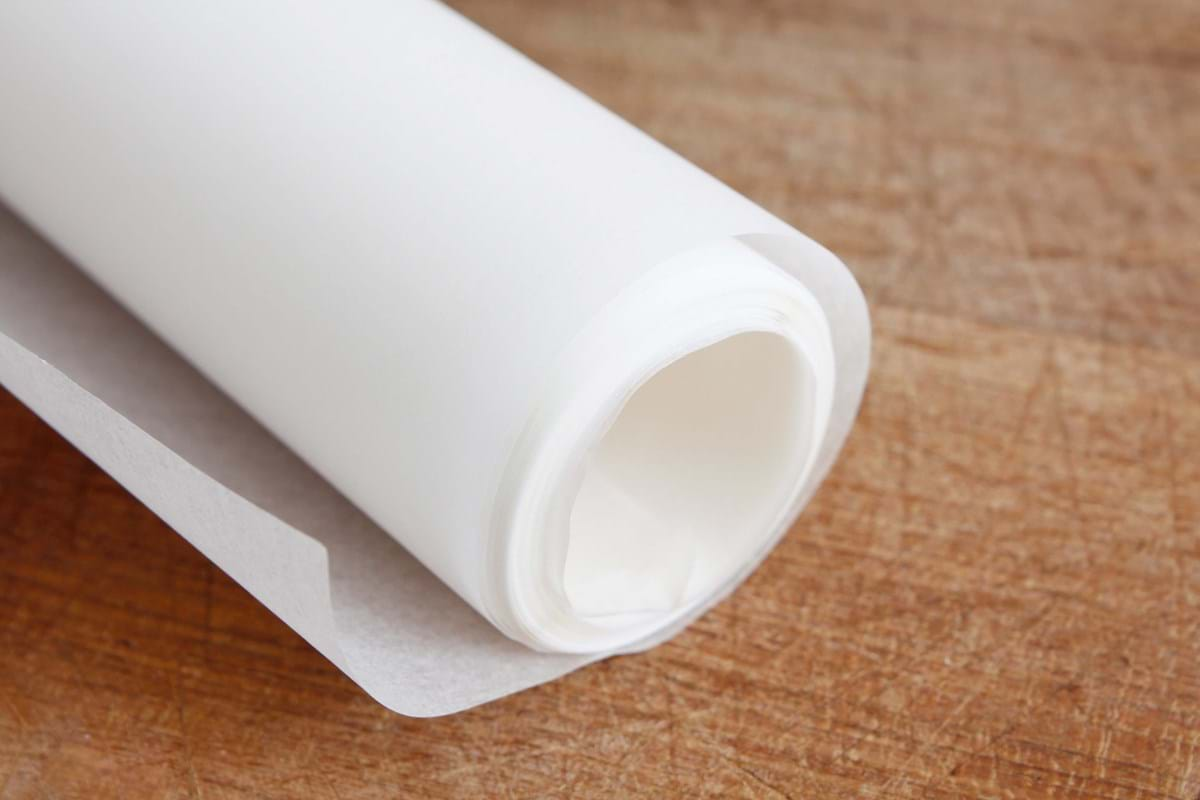What is Waxed Paper Used For?
Waxed paper is a familiar item in many households, particularly in the kitchen. Known for its moisture-resistant and non-stick properties, it is often used to wrap food or line surfaces during food preparation.
Despite being a common product, waxed paper is often confused with similar materials like parchment paper or plastic wrap.
In this article, we'll explore what waxed paper is made of, how it is used, and whether it's an environmentally friendly choice.
What is Waxed Paper?
Waxed paper is a type of paper that has been coated on one or both sides with a thin layer of wax.
This coating gives it a smooth, slightly glossy finish and makes it resistant to moisture and grease.
Unlike regular paper, it won’t absorb liquids or stick to most foods, which makes it ideal for certain food storage and preparation tasks.
What is Waxed Paper Made Of?
Waxed paper is typically made from food-grade paper that is coated with paraffin wax or soybean-based wax.
The wax is applied through a heat process that allows it to evenly adhere to the paper surface.
Paraffin wax is derived from petroleum, while soy-based wax is a more eco-conscious alternative. Both types of wax provide a waterproof barrier that protects food and keeps it fresh.
Uses of Waxed Paper in the Kitchen
Waxed paper serves a range of purposes in the kitchen, including:
-
Food Wrapping: Commonly used to wrap sandwiches, cheese, or baked goods to keep them fresh without clinging to them.
-
Surface Lining: Used to line countertops or cutting boards when handling messy or sticky ingredients like dough or chocolate.
-
Food Separation: Placed between burger patties, cookies, or deli slices to prevent them from sticking together.
-
Microwave Shield: Can be used to loosely cover dishes in the microwave to avoid splattering, though caution is needed to avoid overheating.
Note: Waxed paper is not oven-safe. The wax coating can melt or catch fire when exposed to high heat.
Is Waxed Paper the Same as Parchment Paper?
No, waxed paper and parchment paper are not the same. While they may look similar at first glance, their properties and intended uses are quite different:
| Feature | Waxed Paper | Parchment Paper |
| Coating | Wax (paraffin or soy-based) | Silicone |
| Heat Resistance | Not heat-resistant (can melt/burn) | Heat-resistant (safe for oven use) |
| Primary Use | Wrapping, non-heat applications | Baking, oven lining |
| Moisture Resistance | Excellent | Good |
So while waxed paper is great for cold or room-temperature uses, parchment paper is better for baking and roasting.
Is Waxed Paper Eco-Friendly?
Waxed paper’s environmental impact depends largely on the type of wax used. Traditional waxed paper coated with paraffin wax is not biodegradable and is difficult to recycle due to the wax layer.
However, some brands offer waxed paper made with plant-based waxes, such as soy or beeswax, which can be compostable under the right conditions.
If sustainability is a priority, look for waxed paper labeled as compostable or made from renewable resources.
Waxed paper remains a useful and cost-effective tool in food preparation and storage.
While it shouldn't be used in the oven, its moisture-resistant and non-stick properties make it ideal for wrapping foods and protecting surfaces.
By understanding the differences between waxed paper and similar products, consumers can make better choices for both kitchen convenience and environmental impact.
We kaifeng produce high-quality waxed paper(waxed base paper). Please feel free to contact us!

